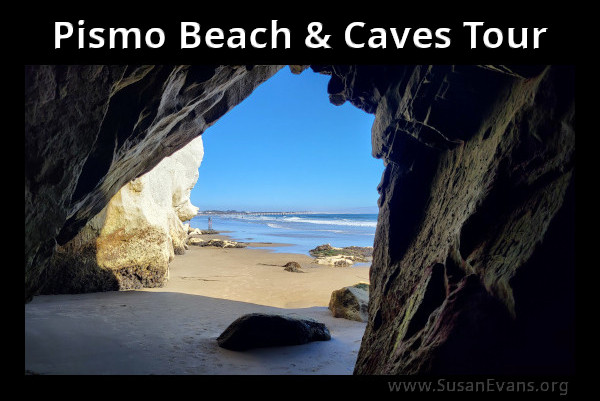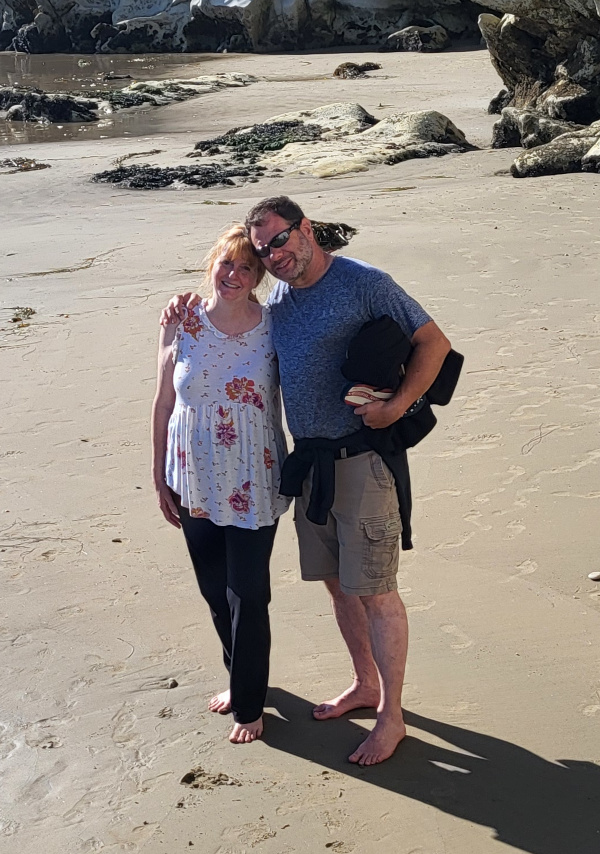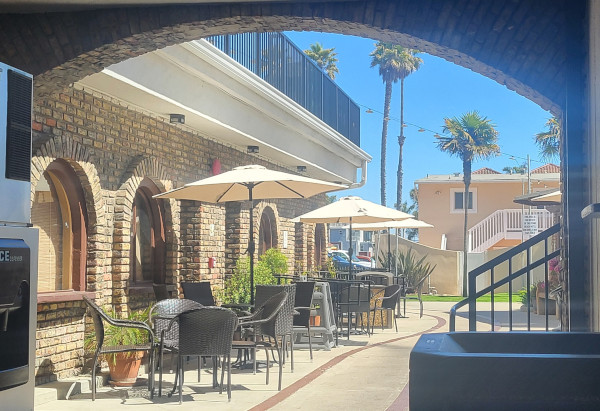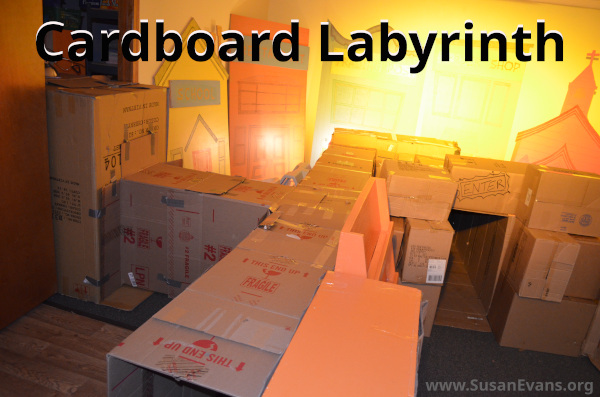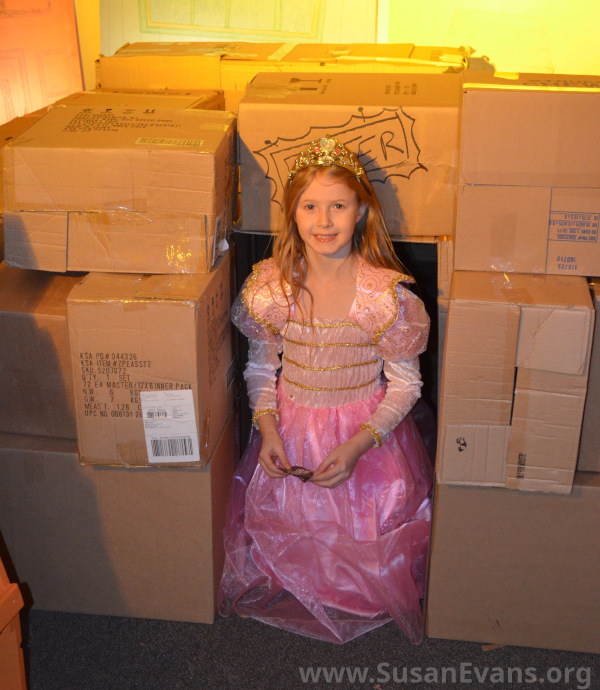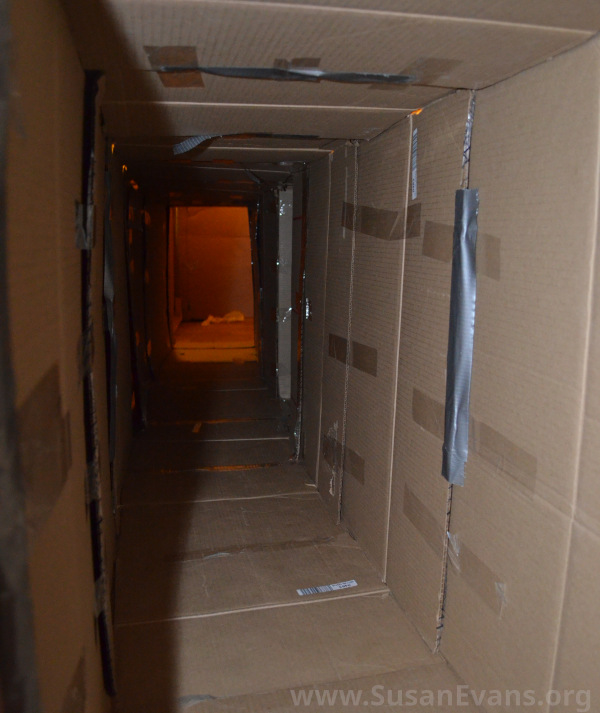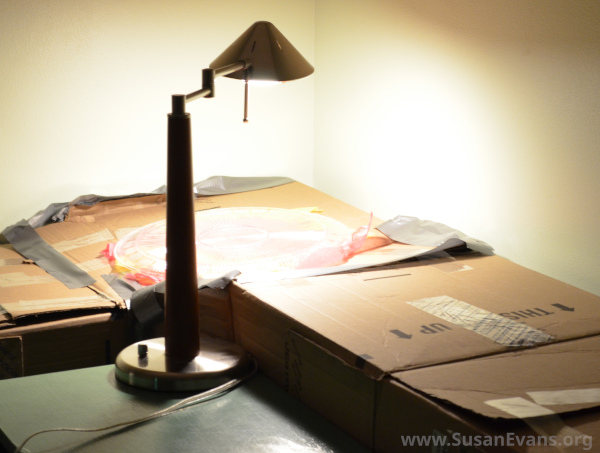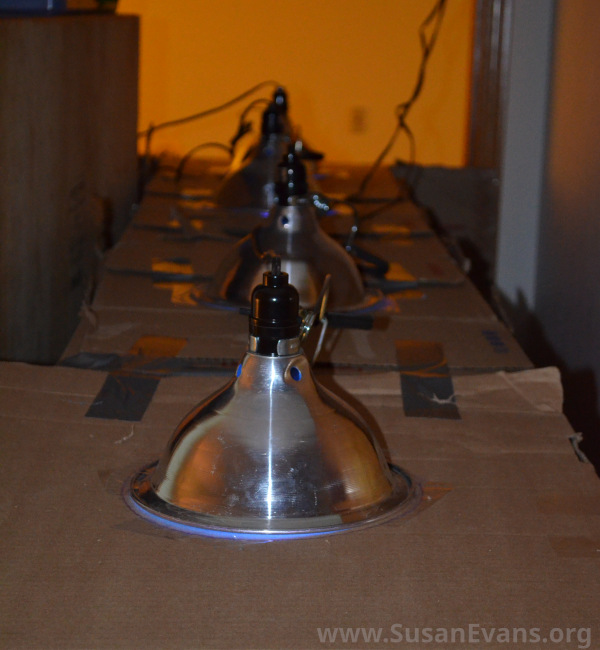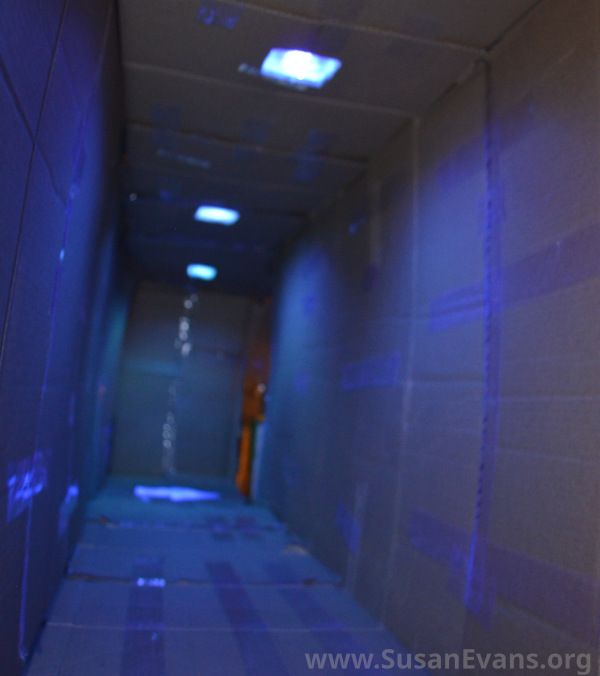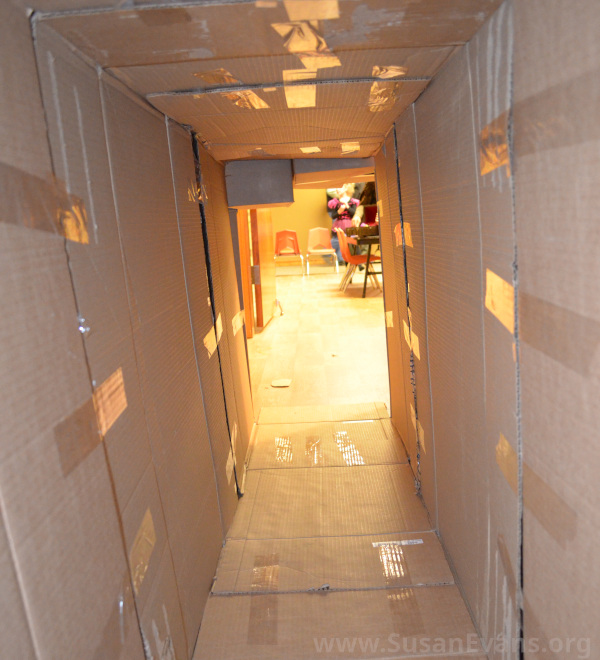My husband and I recently had the opportunity to spend two nights at Pismo Beach, California. Alan wanted to take me because he had good memories of going there as a child. I had never been to Pismo Beach, so it was a treat for me!
We arrived around noon on the first day, so this vacation lasted a day and a half. I had wanted to go somewhere else for a week, but we didn’t have the budget for it. We were already in the area, so it was a relatively inexpensive day and a half of refreshment.
I had a delicious lobster sandwich at a local cafe, since it was one of the specials of the day. Alan had a chicken wrap. Then we walked along the beach and explored the caves.
Our Pismo Beach & Caves Tour
It was so much fun to explore the caves! Some of them are shallow, as you see in the 6-minute video tour, but others went much further into the cliffs. The colors of the cave walls were interesting–some dark red, yellow, and green! It was fun to walk barefoot on the sand inside the caves, which I’ve never done.
On the walk back along the beach, my ankle was swelling, so I had to go slower. We saw clams breathing under the sand and squirting water up. (We caught it on video!)
I swung on a swing on the beach. By then we were hungry and ready for dinner, since we had spent several hours on the beach. I ate steamed clams for dinner. Alan ate a burger. He encouraged me to eat seafood because it was fresh from the ocean. After dinner we walked back to the hotel.
I really enjoyed watching all the birds while we were there. My favorite was a long-necked heron that we caught on film. It was walking along the edge of the seashore. After resting for a few minutes, we decided to go up to the top floor of the hotel to the restaurant, where we split a dessert while watching the sunset.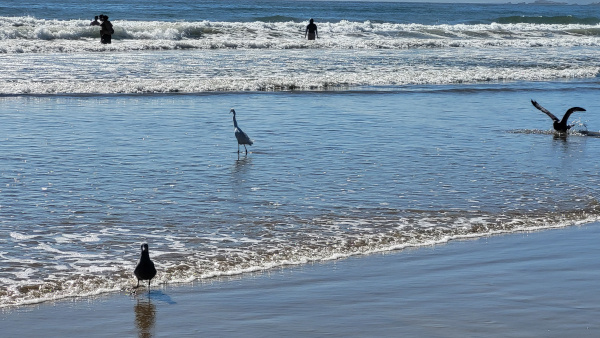
The next morning, we had coffee in our hotel room, and we split a cinnamon roll. We walked around the beach town. We strolled out to the pier and realized that there was a pod of whales spraying water up near the beach. I caught one on video. For years I have wanted to go whale watching, but I could never afford it. God brought the whales straight to us that day, so it was free!
It was Taco Tuesday, so we had inexpensive tacos. My whole plate of tacos was $5. Then we had a coffee at a cute cafe.
We walked into a thrift shop and found a couple of pieces of clothing for a few dollars each, and then headed to dinner, which was a salad with fish. After dinner we sat on the beach to watch the sunset. Alan dug a hole in the sand while we were waiting for the sun to set. I caught on film (at the end of the 6-minute video) hundreds of birds flying through the air at sunset.
Since there was a clear sky with stars, we took a blanket down to the beach and went stargazing. It was a beautiful end to a one and a half day vacation. I’m thankful for the restful time we had!
